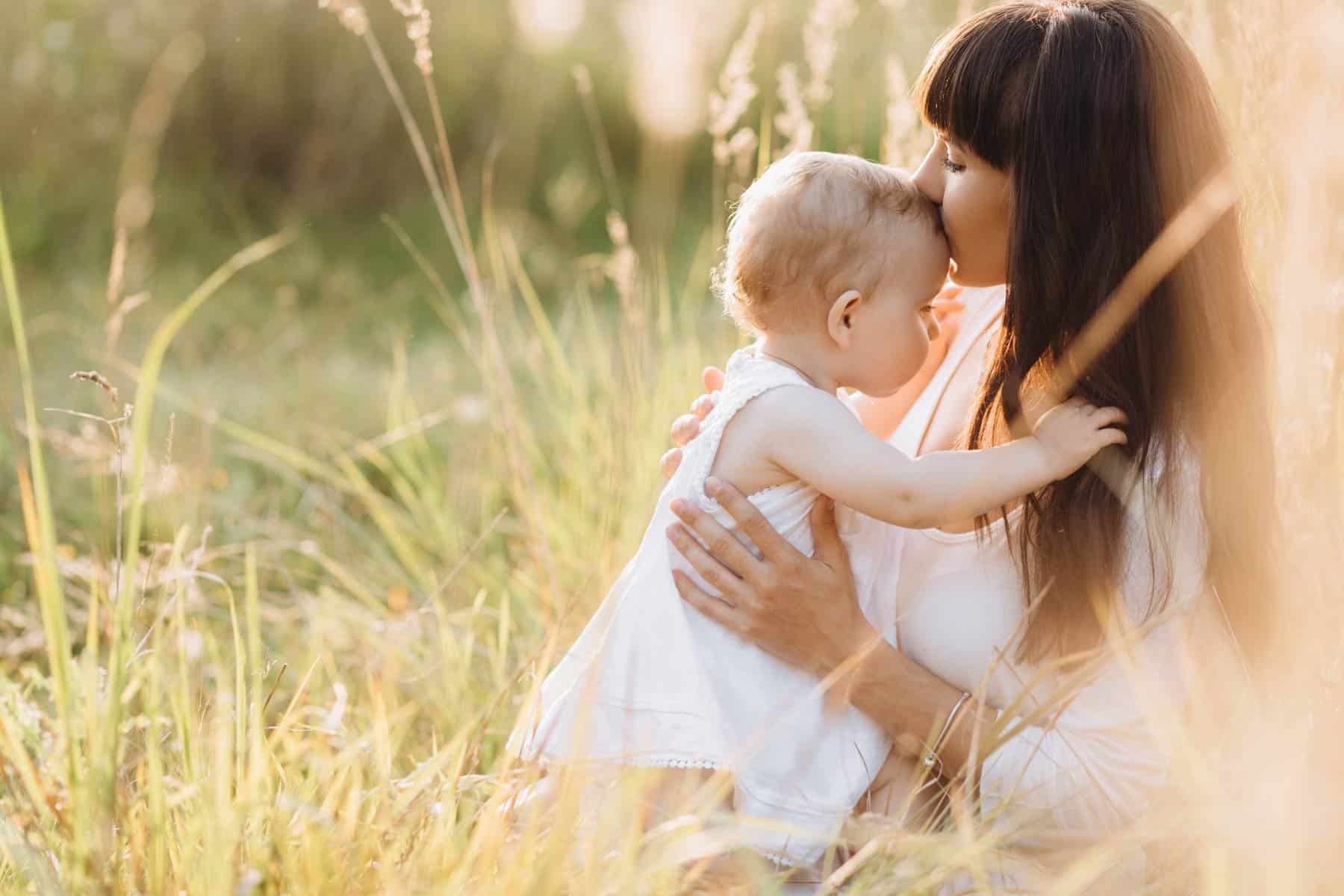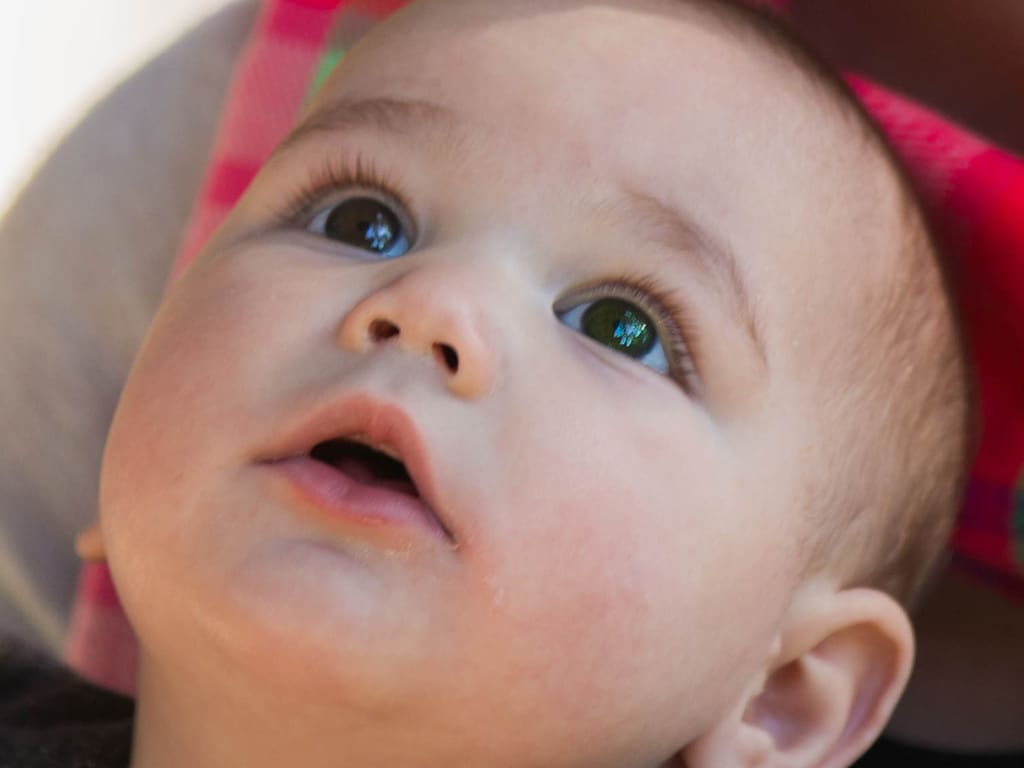This blog was originally written for Playgroup NSW and published in August 2017
Do you keep a baby book of ‘firsts’?

In the early months of parenting – marked by sleep deprivation, chapped hands from nappy changing and mountains of laundry – it’s hard to keep track of all your baby’s ‘firsts’: the first smile, the first roll, the first kiss, the first food she mashes into her mouth, the first time he plays in the sand on the beach. Each first is more amazing than the last!
As speech pathologists, our first questions to parents are often about your child’s ‘communication firsts’: when did babbling first start? When was the first word? How many words does your baby have at the end of his/her first year, and at 18 months?
These are hugely important questions for us, as they are powerful indicators of how your child is developing. For many parents, though, these ‘firsts’ often get lost amongst the others.
So let’s talk about the developmental milestones we’re looking for.
First 3 months
In these early months, your baby’s best form of communication is crying! Whimpers, snuffling, snorting, howling – they all mean different things. At this age, babies are also actively listening and absorbing the sounds and patterns of intonation within words and conversations.
4-6 months
Babies starts to play with sounds by moving their lips and touching their tongues to the front or back of their mouths. And they start to babble by combining strings of sounds such as ‘baba’ and ‘kakaka’. These sounds don’t have meaning yet, but your baby loves it when you respond.
You can support their development by mirroring the babbling back at them and talking to them. Being enthusiastic about their babbling helps them understand that it is meaningful, and it encourages even more exploration of babbling.
7-12 months
At this age, strings of sounds go into hyper-drive! Patterns and intonations, along with gestures, make it sound like real conversation even if you can’t understand the words. At around 12 months we are looking for their first word.
The trick here is to be super excited when they ‘talk’ and to help them shape their words. Seize opportunities. For example, if they say ‘ga’ or ‘ta’ or ‘ba’ and there is a toy car or a picture of a car nearby, you can enthusiastically say, ‘That’s right, that’s a car! That car is red!’
Even if they weren’t meaning ‘car’ at all, you are making them feel like they actually said it while also modelling how it is said. Basically, you are turning their non-words into real words which they can listen to and copy.
12 -18 months
Now those strings of syllables really start shaping into meaningful words. It doesn’t matter if the words aren’t said accurately. If they are being used with meaning, we count them as words.
Your child will have some really cute ways of saying things, but it is important that you model correct speech by saying the word the right way. Instead, you can create great memories by just writing down the way they say ‘butterby’ for butterfly or ‘ongee’ for orange!
The Magic 8
I talk to families about The Magic 8. When you are teaching a new word to your child, say it eight times in different short phrases. Don’t bury it in long sentences. Here is an example of how you could do this. When playing with a truck, say:
“Truck”.
“That’s a truck”.
“That’s a red truck”
“This truck is big”.
“The truck goes vroom”.
“The truck is going is carrying stones”.
“The truck is climbing over a hill”.
“Oopsy daisy, the truck fell over!”
In just that short burst we have taught some ‘describing’ words (red, big), action words (carrying, climbing), some functions about trucks (carries stones) and a bit of social language (oopsy daisy). That’s intensive language-therapy gold in eight short phrases.
Read books. Lots and lots of books.
Book reading offers such a rich opportunity to build vocabulary. Follow your child’s interests. Rather than start from page one, you can randomly flip from page to page, talking about the pictures he or she shows interest in.
At this age, babies don’t need to learn about the structure of a story. They just want to interact with you. Talk about what they’re pointing to and have conversations with them. The ways in which to maximise book reading is a whole fabulous topic of its own!
Oh, and don’t forget to keep track of their communication ‘firsts’. Your Blue Book or even just a list on the fridge is a great start.

